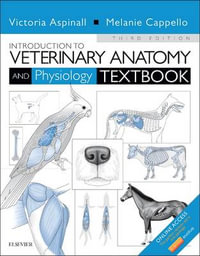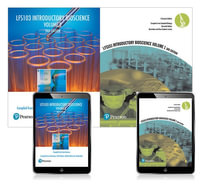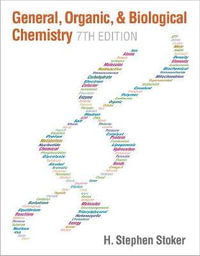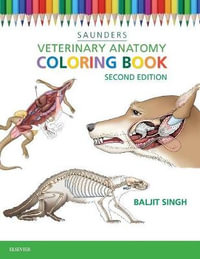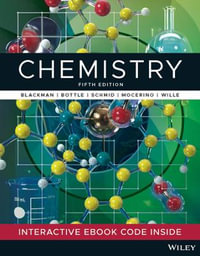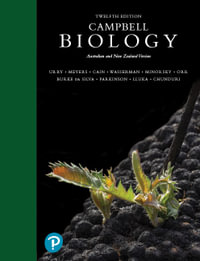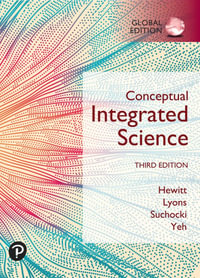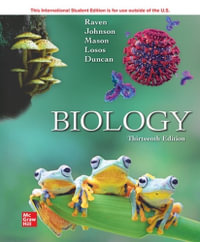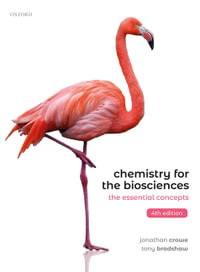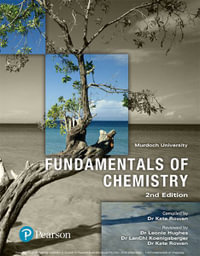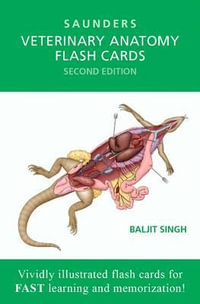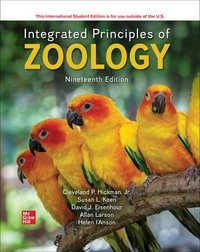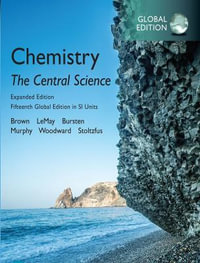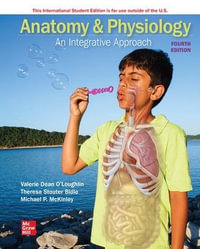Why do certain substances react together in the way that they do? What determines the shape of molecules? And how can we predict whether a particular reaction will happen at all?
Such questions lie at the heart of chemistry - the science of understanding the composition of substances, their reactions, and properties. Though introductory chemistry is often broken into three sections-inorganic, organic, and physical-the only way for students to fully understand the subject is to see it as a single, unified whole.
Chemical Structure and Reactivity rises to the challenge of depicting the reality of chemistry. Offering a fresh approach to the subject by depicting it as a seamless discipline, the text shows how organic, inorganic, and physical concepts can be blended together in order to achieve the common goal of understanding chemical systems.
With a lively and engaging writing style enhanced by vivid illustrations, only Chemical Structure and Reactivity makes teaching chemistry with an integrated approach possible.
Special Features
--The only introductory text to take a truly integrated approach in explaining the fundamentals of chemistry.
--Fosters an orbital-based understanding of reactions, with clear curly-arrow mechanistic detail throughout.
--A two-part structure allows flexibility of use: Part I lays down the core of the subject, while Part II describes a series of relatively standalone topics, which can be selected to fit a particular course.
--Numerous concepts are illustrated with fully cross-referenced custom-developed online modules, enabling students to develop an understanding through active learning.
--Self-test exercises embedded in the text (with solutions at the end of each chapter) and extensive question sets encourage hands-on learning, to help students master the subject and gain confidence.
--The Online Resource Centre features a range of additional resources for both students and registered adopters of the book.
New to this Edition
--A new chapter on symmetry has been added to Part I.
--Discussions of organometallic chemistry, spectroscopy, and molecular geometry have been expanded.
--Cross references from Part I to Part II have been increased to make the links between core concepts and more advanced topics clearer.
--More self-test questions and exercises have been provided.
Industry Reviews
Review from previous edition This is the most innovative and impressive undergraduate chemistry textbook I have been exposed to in years; it is quite outstanding in its creative and imaginative approach.
The authors appear to have stood back and re-thought the whole approach to teaching chemistry at this level. The logical and innovative order in which material is developed and explained is all the more impressive when we take account of the fact that rigour and attention to detail is not compromised. * Dr David McGarvey, Keele University *
The objective of the authors, to break down the barriers used to manage the teaching of chemistry, is laudable, and they achieve their aim, particularly in the first section of the book. They have assembled a teaching resource that is refreshing in its style and rigorous in its content. * Education in Chemistry, 2009 *
It is a tremendous contribution to the teaching of the chemical sciences. The authors have adopted a new approach to the teaching of chemistry which cuts through physical, inorganic and organic chemistry as needed. This text is brilliant for students who want a book that explains difficult concepts in an accessible but still rigorous form. * Dr M. Crispin, Oriel College, Oxford *

